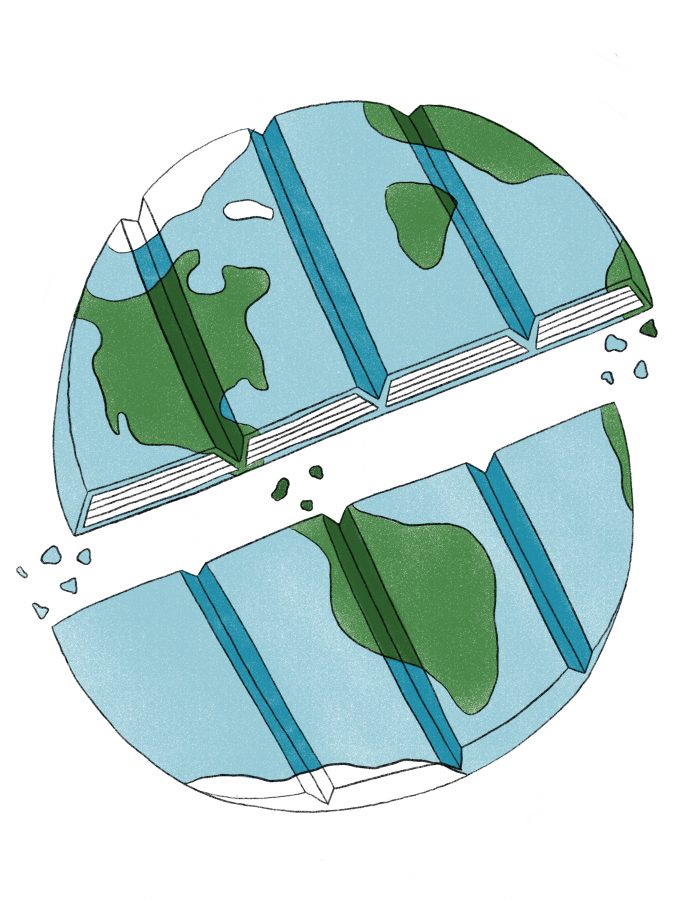In May 2018, the number of people deemed inadmissible or apprehended at the United States-Mexican border was 51,862 — average for the time. In May 2019, 144,278 people were given the same status, an increase of almost 300%. The stark reality is there is an immigration crisis at the border, and it doesn’t consist of rapists and drug traffickers. According to U.S. Customs and Border Protection, in fiscal year 2019 nearly 1% of enforcement actions at the border involved individuals with a criminal history. Our border facilities and staff are simply not equipped to handle the massive influx of migrants at the border.
I had the opportunity to visit migrant shelters at the El Paso-Ciudad Juárez border with a team of college students in June 2019. The vast majority of migrants apprehended at the border were families or individuals seeking refuge from extreme violence or poverty. Most had traveled from Central America to escape violence, but had to trek through hundreds of miles of both jungle and desert on top of fending off cartels to reach the border. No one wants to endure that journey and leave their home and culture behind unless there was something truly terrible happening where they lived.
We visited the border shelters during a time when the immigration crisis was seemingly at a breaking point. To our surprise, the shelters weren’t past capacity — they were barely half full. We were witnessing the effects of new legislation in action. President Trump had recently passed a series of laws called the Migrant Protection Protocols, known colloquially as the “Remain in Mexico” laws, which forced asylum seekers waiting for a court date to be deported back to Mexico. To lawmakers, these protocols combined with Trump’s pressure on the Mexican government seemed like a good solution; the number of migrants appearing at our border was reduced 30% in one month.
However, after talking with the migrants in the shelters in both El Paso and Ciudad Juárez, we learned the problem was still getting worse. Migrant protocols just allowed the U.S. to push the problem away from its border to a city that was already struggling and turn a blind eye to the immense humanitarian crisis that was developing.
Here within our borders, Immigration and Customs Enforcement is violating basic human rights and creating a humanitarian crisis itself. From firsthand accounts, I have heard of ICE officers deliberately profiling and bullying anyone who does not look American or speak English well. When ICE does manage to find an individual who is undocumented, they take them away with no regard to what it does to their family, leaving children lost and confused and loved ones distraught. With the overcrowding happening at detention facilities, there is a pressure to clear up space and reduce costs, so the easiest way for the government to do that is to deport as many people as possible.
As a result, many people are denied due process and a fair trial. ICE takes advantage of people’s lack of knowledge about the legal system and inability to obtain a lawyer. Across the organization, there is a culture of exploitation that can only be fixed by changing the political landscape and limiting the powers that ICE has.
So, what can we as students at UT do to help? First, we can educate ourselves. Most people, including myself before this trip, have no idea of the complexities of how immigration works and why it’s a broken system. We, as college students and future leaders in this world, have a responsibility to make this world a better place. The next thing that we can do is start conversations.
Tell your friends and family to start paying attention to what’s happening at our border. Finally, contact your local representative and state senator and let them know that there is truly a crisis happening and that it’s worth paying attention to. Go out, vote, make your voice heard. True change requires the help of ordinary people like you and me.
Ma is a chemistry sophomore.



















